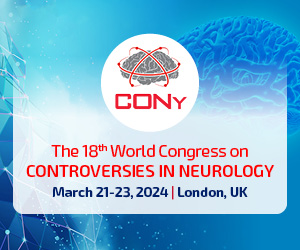Pathogenesis of multiple sclerosis
Konrad Rejdak
 Affiliation and address for correspondence
Affiliation and address for correspondenceMultiple sclerosis (MS) is a complex disease requiring exposure to an environmental factor and a genetic predisposition. MS continues to be thought of as an organ-specific autoimmune disease mediated by CD4+ T-cells. The pathological hallmarks of MS are lesions, known as plaques, which are due to focal loss of myelin with relative preservation of axons and astrocytic gliosis. However, axonal loss is present in all phases of the disease. The pathological features of individual lesions vary and depend on location, age and whether or not there has been any regeneration. MS lesions are typically divided into three pathological categories: active (acute), chronic active and chronic inactive. More recently active lesions have been further classified into four subtypes based on the type of inflammatory reaction, the involvement of immunoglobulin and complement, the expression of myelin proteins, the morphology of the plaque edge and the patterns of oligodendrocyte injury. Whether or not these pathological subtypes represent different stages of the disease or autoimmune variants is speculative. Recently, particular interest focused on the cortical pathology associated with MS. Post mortem studies revealed that extensive cortical demyelination is typically present in patients with progressive disease phases. However, despite extensive studies, the factor initiating the cascade of the pathological events remains unknown. The aim of that article is to present the most recent advances in the understanding of the pathogenesis of MS.








